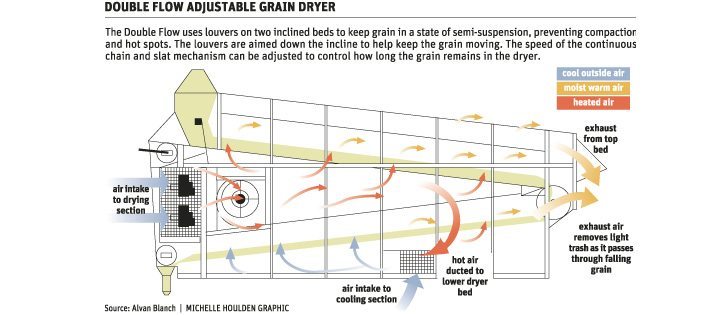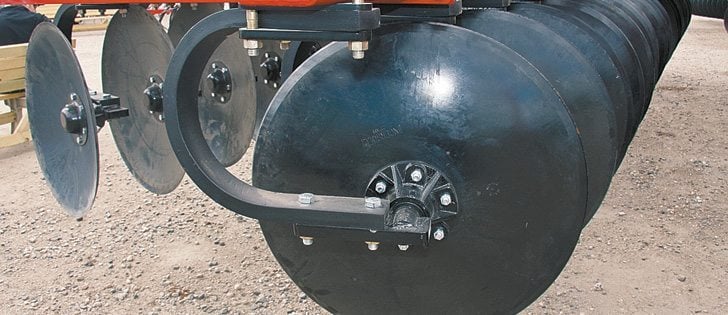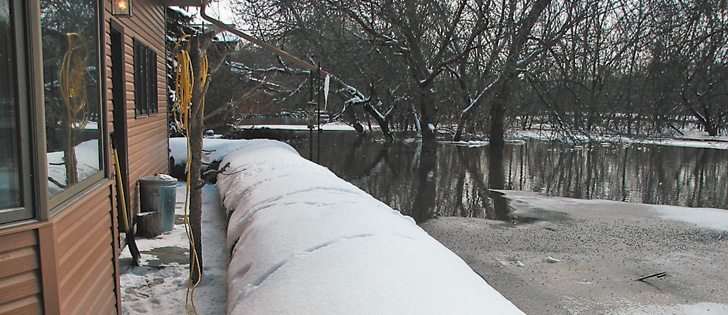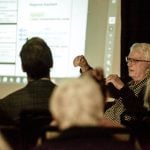Custom track mounting design created from three dimensional drawing
Designing a track mounting system using a 3-D scanner is more efficient than crawling under the tractor with a tape measure and pad of paper.
It’s like science fiction come to life for Soucy engineers, who annually design hundreds of new track mounting systems for agricultural, military, construction, mining, logging and recreational vehicles.
Engineers who gather information for a new track mounting design methodically survey every relevant component of the tractor with their Creaform MetraSCAN 3-D scanner.
The scanner projects a laser beam onto the surface of the target object, said Louis-Etienne Bouchard-Pouliot of Creaform in Quebec City.
Read Also

Rural officials hopeful strychnine use will resume
The Saskatchewan Association of Rural Municipalities is taking a verbal commitment from the federal agriculture minister on strychnine use as a good sign.
The laser beam bounces back to a camera integrated into the hand held MetraSCAN and gives the computer a precise image of the component and where it’s situated on the tractor.
“Collecting 3-D data is the easy part. Companies have been doing that for years,” said Bouchard-Pouliot. “What makes our system unique is the fact that we can reference all the components and their relationship to each other. We do this with an accuracy down to 0.002 (two thousandths) of an inch over the entire tractor chassis. Then we feed it all into a computer that puts the whole picture together and makes it ready for CAD (computer aided design).”
Bouchard-Pouliot said the 3-D operator slowly walks around a new tractor scanning every nut, bolt, hose, casting curve and seam weld.
“You hold the scanner in your hand and use the same pace and hand control as if you were spray painting with an aerosol can, gently sweeping left to right and sometimes up and down to get good coverage. Our 3-D scanners are intended to be hand held.”
He said clients like the portability of the hand held scanners.
“Some other companies make 3-D scanners that must be permanently installed in a lab. Our equipment fits in a shipping case so we can take it where we want.”
For example, if Versatile wanted a custom-designed track mounting system, Soucy could conceivably fly to Winnipeg with its scanner rather than have a 50,000 pound tractor shipped to Quebec.
Bouchard-Pouliot said Soucy engineers could climb all over the tractor and create a three dimensional drawing on the screen that would probably be just about identical to the factory blueprints where the tractor was built.
However, Soucy is only concerned with the chassis, drive line, axles, wheels, tires and hubs. Its 3-D scans are limited to parts relating to a rubber track conversion.
“The software is very complex. It accepts all this data from the scanner and references the location of even the smallest part to the overall picture,” he said.
“It gives Soucy guys a large picture of the tractor chassis and tells them, ‘this is my frame, this is my differential, these are my hubs.’ ”
Engineers load views of the components into their CAD so they can zoom in, rotate the image, run simulated tests and do it all in real time.
Information shown on the Creaform computer screen will have the exact same dimension as the original equipment manufacturer blueprints, which means Soucy engineers get the track mounting kit right the first time.
A handheld 3-D camera like the one Soucy uses costs $52,000 plus another $33,000 for the accompanying hardware and software.
Creaform has 17 3-D scanners on the market, with prices ranging from $30,000 to $100,000. It also has 3-D scanners in full colour. The company is relatively young, selling its first 3-D scanner in 2005.
For more information, call 418-833-4446 or visit www.creaform3d.com.















